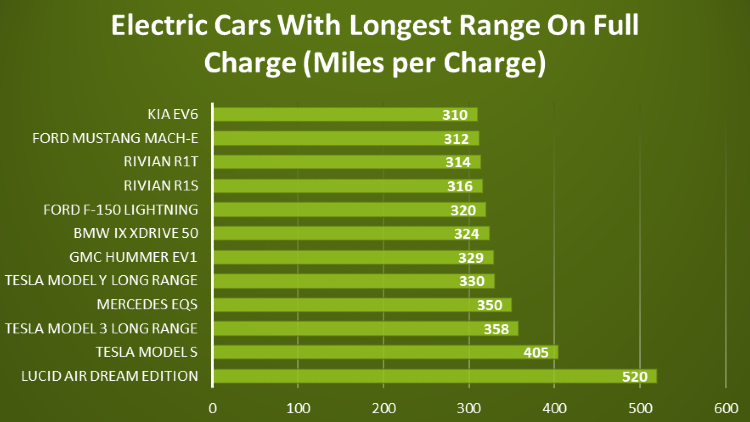Time:
The electric vehicle charging industry has seen significant changes in 2023, and experts predict the top 6 EV charging trends for 2024 that will shape the coming year. These trends include increased demand for fast-charging stations, expanded use of renewable energy sources, and improvements in battery technology. Other notable trends include greater interoperability among charging networks, the rise of smart charging solutions, and increased investment in charging infrastructure. Staying up-to-date with these trends can help businesses and consumers alike stay ahead of the curve and take advantage of new opportunities in the EV charging sector.
Former diesel- and gas-powered drivers are switching to electric vehicles in big numbers. In 2023, the number of new EV owners rose by 11%, even though charging availability was a concern.
With gas and diesel fuels at near-record prices again, people will look for a solution and find it in electric vehicles. We predict that as EV charging technology becomes more available and longer-range vehicles come onto the market, EV owners will continue to increase, and so will the demand for fast charging stations.
This year, some vehicles range over 400 miles per charge. Electric vehicle owners can expect to see more range by the year 2024. As battery technology continues to advance, electric cars are becoming more efficient and capable of traveling longer distances on a single charge.

As renewable energy continues to gain momentum, it is expected that EV charging will begin to integrate with renewable energy sources. By 2024, it is anticipated that renewable energy sources like solar will be used to power EV charging stations, creating a completely sustainable charging option.

As a Nova 1 Advisor study shows, vehicle-to-grid (V2G) technology looks to expand over the next few years at a rate of 45.6% during the years 2023 through 2032. Vehicle-to-grid technology is a distributed energy resource (DER) that allows EV owners to funnel excess energy back into the grid.
Using this technology, vehicle owners can earn passive income from electric companies, while the power companies can use the energy from the EVs’ batteries to head off blackouts or brownouts.
One of the most important factors for EV adoption is convenience for users. In 2024, we can expect EV charging stations to provide even greater convenience, including payment options like mobile payments and even automatic payments integrated into the EV itself. Additionally, we can expect to see a greater variety of charging station options, such as charging stations integrated with retail locations, hotels, and even apartment complexes.
Grasen's AC and DC EV chargers support multiple payment options including RFID card swiping, mobile App, and credit card with POS terminal. Check "EV Charging Payment Methods" to discover more.
The government and private companies alike are beginning to recognize the importance of investing in EV charging infrastructure. With this realization, we can expect the pace of investments to increase, resulting in more charging stations available to the public.
In conclusion, the future of EV charging has a lot to be excited about. With rapid charging technologies, wireless charging, integration with renewable energy, increased infrastructure investment, and improved user convenience, EV adoption is set to continue its exponential growth. By 2024, we can expect to see charging options that are more sustainable, faster, and more convenient than ever before.
Submit Request